FORT BENNING, Ga. - If you can survive 61 days of some of the Army's most intense, rigorous training, you earn the right to wear the Ranger tab. But Ranger School isn't about just surviving - it's about succeeding and leading your team despite struggles and stresses the instructors use to challenge you. Why' Because making the wrong decision in combat is not acceptable, no matter how tired or hungry you are, said Ranger instructor Sgt. 1st Class Brandon Hirata.
The combat leadership course is divided into three phases: Benning, Mountain and Florida phases. The course focuses on small-unit tactics and emphasizes practical, realistic and strenuous fieldwork. Students experience fatigue and hunger and must demonstrate quick, sound decisions and calm, forceful leadership under stressful conditions, according to school officials.
Historically, about 60 percent of the overall course drops occur in Week 1 during the Ranger Assessment Phase, or RAP, according to officials at the Ranger Training Brigade. Events include a physical fitness test on the first morning requiring 49 push-ups, 59 situps, six pull-ups and a five-mile run in less than 40 minutes. The first 72 hours also include the Combat Water Survival Assessment, three-mile "buddy run," Malvesti Obstacle Course, night and day land navigation over several kilometers, and a 15.5-mile foot march from Camp Rogers to Camp Darby on post.
As a result of the physical demands during the Benning phase, it is also considered the most difficult phase, Hirata said.
"It's a shock to the students when they arrive here because they don't know what to expect," said Hirata, whose been an instructor here since 2008. "Most of the physical requirements are in this phase. By the time a student leaves for (Mountain phase) we are pretty much sending them the guys that are capable of passing the patrols, have knowledge of the planning process and have proven themselves capable of completing the course ... though they don't always do. But we've weeded out the weaker people."
Interested in Ranger School'
Mark your calendars for 6-7 p.m. Thursday as Fort Benning's Facebook page hosts "Ask a Ranger," the first in a series of focused conversations. U.S. Army Ranger School instructors will answer your questions. This is your chance to find out more about one of the toughest schools in the U.S. Army and the upcoming Best Ranger Competition in April. Don't miss out! Join us at www.facebook.com/fortbenningfans.
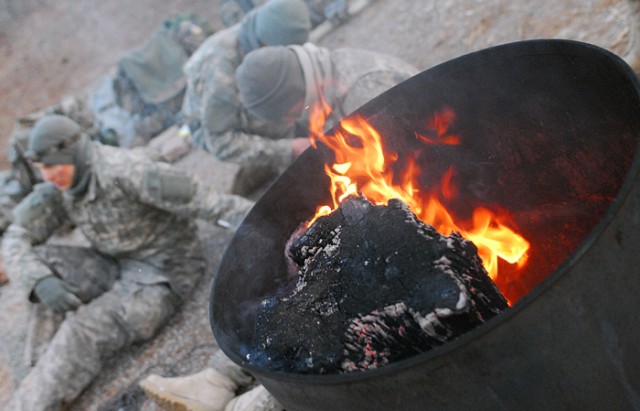
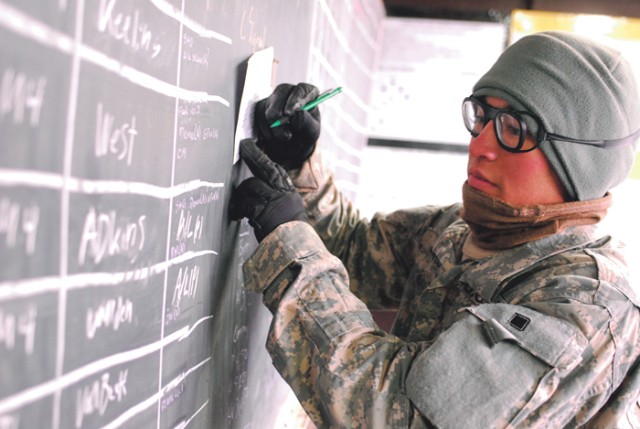
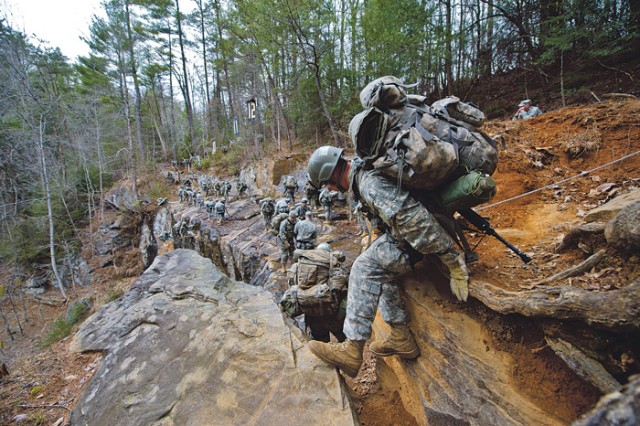
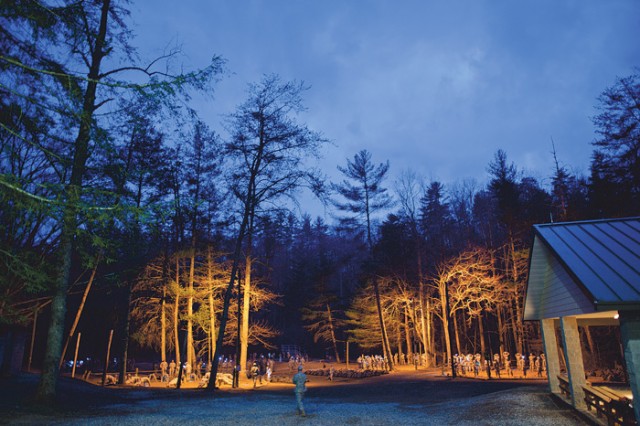
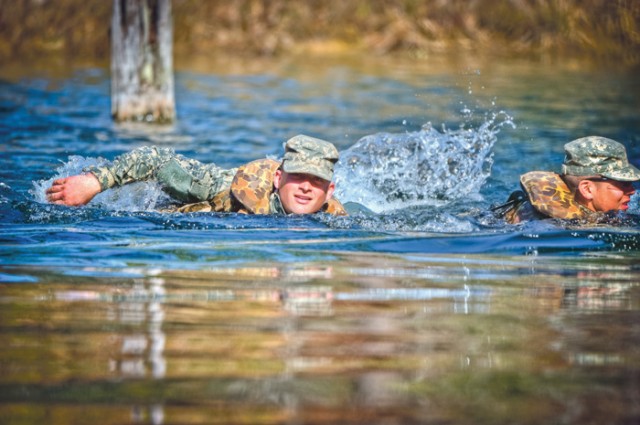
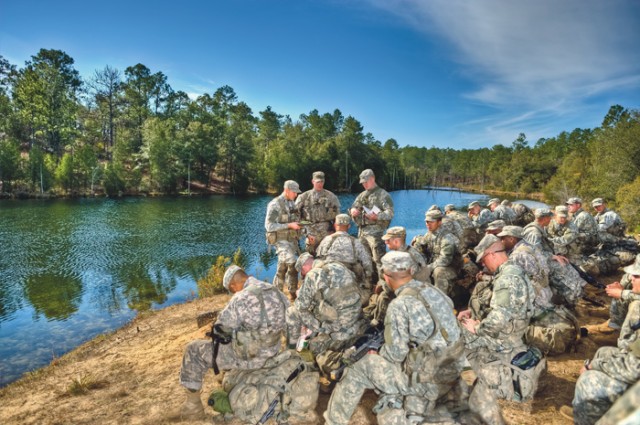
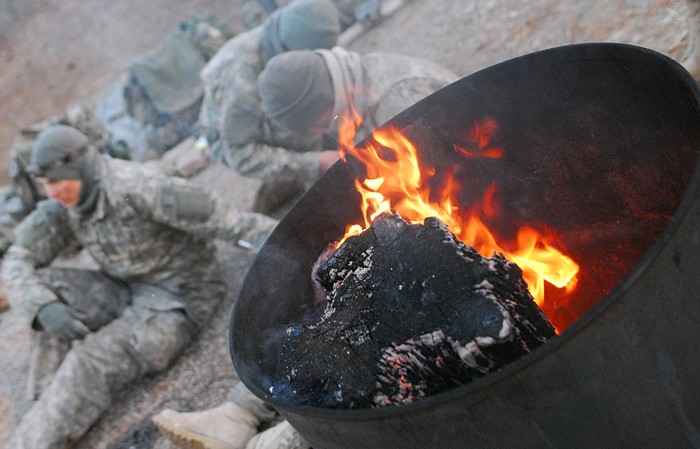
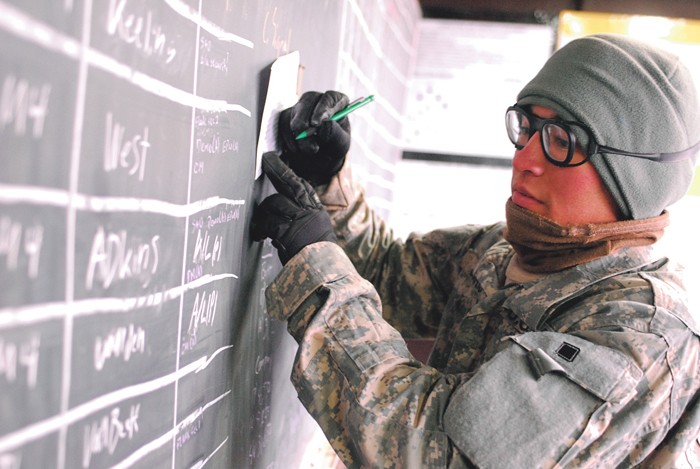
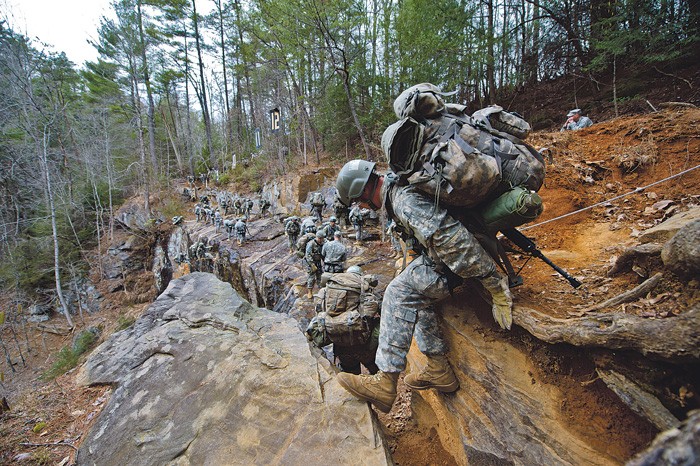
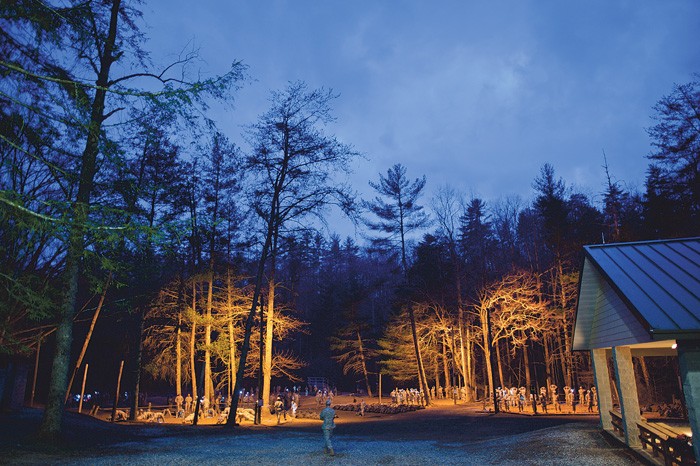
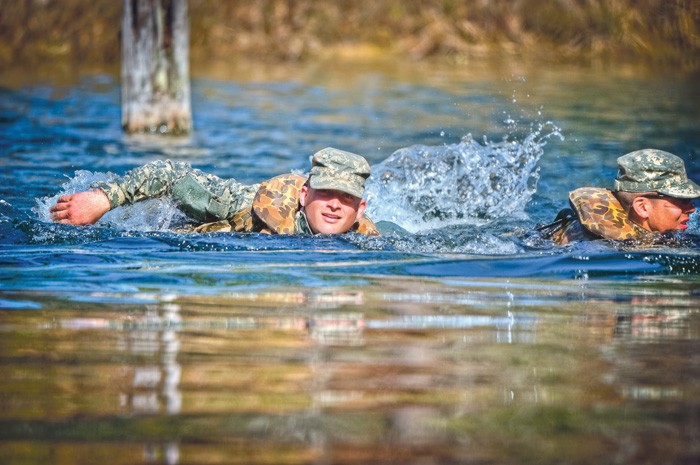
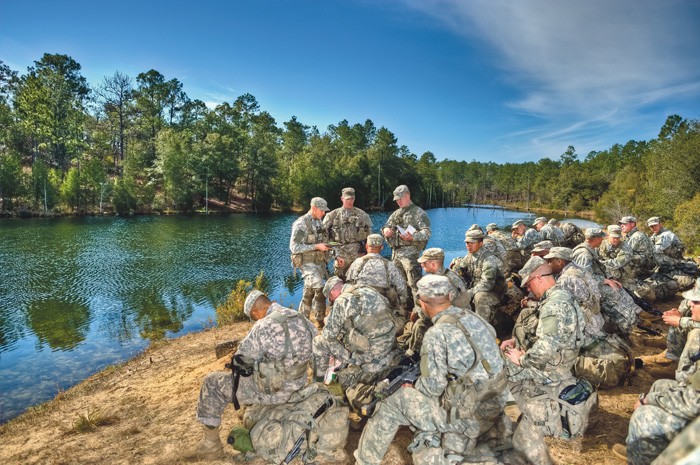
Social Sharing